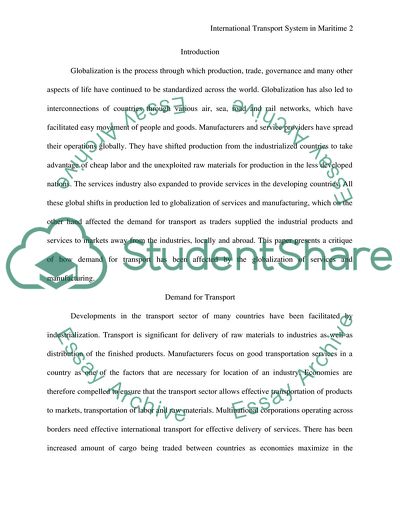Cite this document
(International Transport System in Maritime Case Study, n.d.)
International Transport System in Maritime Case Study. Retrieved from https://studentshare.org/macro-microeconomics/1564402-international-transport-system-in-maritime
International Transport System in Maritime Case Study. Retrieved from https://studentshare.org/macro-microeconomics/1564402-international-transport-system-in-maritime
(International Transport System in Maritime Case Study)
International Transport System in Maritime Case Study. https://studentshare.org/macro-microeconomics/1564402-international-transport-system-in-maritime.
International Transport System in Maritime Case Study. https://studentshare.org/macro-microeconomics/1564402-international-transport-system-in-maritime.
“International Transport System in Maritime Case Study”. https://studentshare.org/macro-microeconomics/1564402-international-transport-system-in-maritime.


